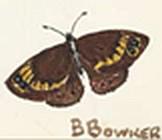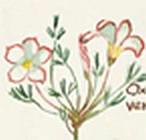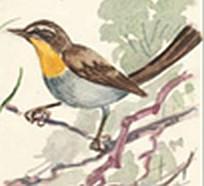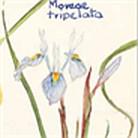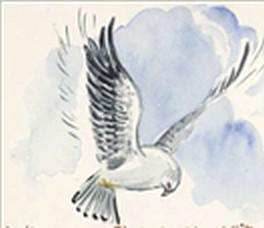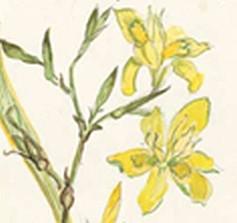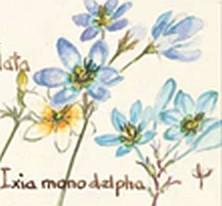Birds
Rondebosch Common and its surrounds boast more than 80 different bird species. and is often visited by bird enthusiasts. Some are keen photographers, posting excellent photos of bird sightings on the FRC Facebook group.
While some birds are resident on Rondebosch Common, most are using the Common as a source of food, or alternatively may just be passing through.
One bird species known to nest on the Common is the Levaillant’s Cisticola (Cisticola tinniens). With its red-brown neck and black wings, this small bird nests in wetland vegetation and makes a “tee tee tee” call when disturbed.
Another common bird which can be found is the Southern Fiscal (Lanius collaris). This black and white shrike eats anything from grasshoppers and beetles to lizards and frogs, which it sometimes stakes on branches to form a “larder”.
A special bird for many Cape Town visitors is the Cape Longclaw (Macronyx capensis) which historically had been easy to spot on the Common. Even with its beautiful orange throat, this bird is sometimes more easily located by its strange mewling-like call. In recent years, with large parts of Rondebosch Common covered in shorter grass, the Cape Longclaw is seen less frequently.
If one is more excited by birds of prey (also known as raptors), one can occasionally see Peregrine Falcons (Falco peregrinus). These birds with their beautifully barred underparts are magnificent hunters, catching and killing other birds mid-flight.
Other raptors that are often seen on Rondebosch Common include the Jackal Buzzard and Black-Shouldered Kite. Cape Spotted Eagle Owls are also sometimes spotted on the Common at dusk.
If one is lucky, the Rufous-breasted Sparrowhawk (Accipiter rufiventris) might be found perching in a tall tree, calling “kee kee kee” or flying low over the fynbos in search of prey. There was much interest during 2020 when a breeding pair raised three chicks on the Common._male%26female._medium.jpg)
There are historical recordings of species such as the Rufous-naped Lark (Mirafra africana), Rock Martins (Ptyonoprogne fuligula) and the Cape Francolin (Pternistis capensis) which are now absent from the Common, possibly due to surrounding urbanisation.
This decrease in certain species, along with the variety of birds still found on the Common highlights the importance of conserving open spaces in the urban landscape. These conservation efforts help to maintain feeding and breeding grounds for these species.
Projects implemented by Friends of Rondebosch Common, such as the extension of historically infilled wetland areas, serve to help preserve habitats for these birds and encourage continuing critical biodiversity conservation work into the future.

